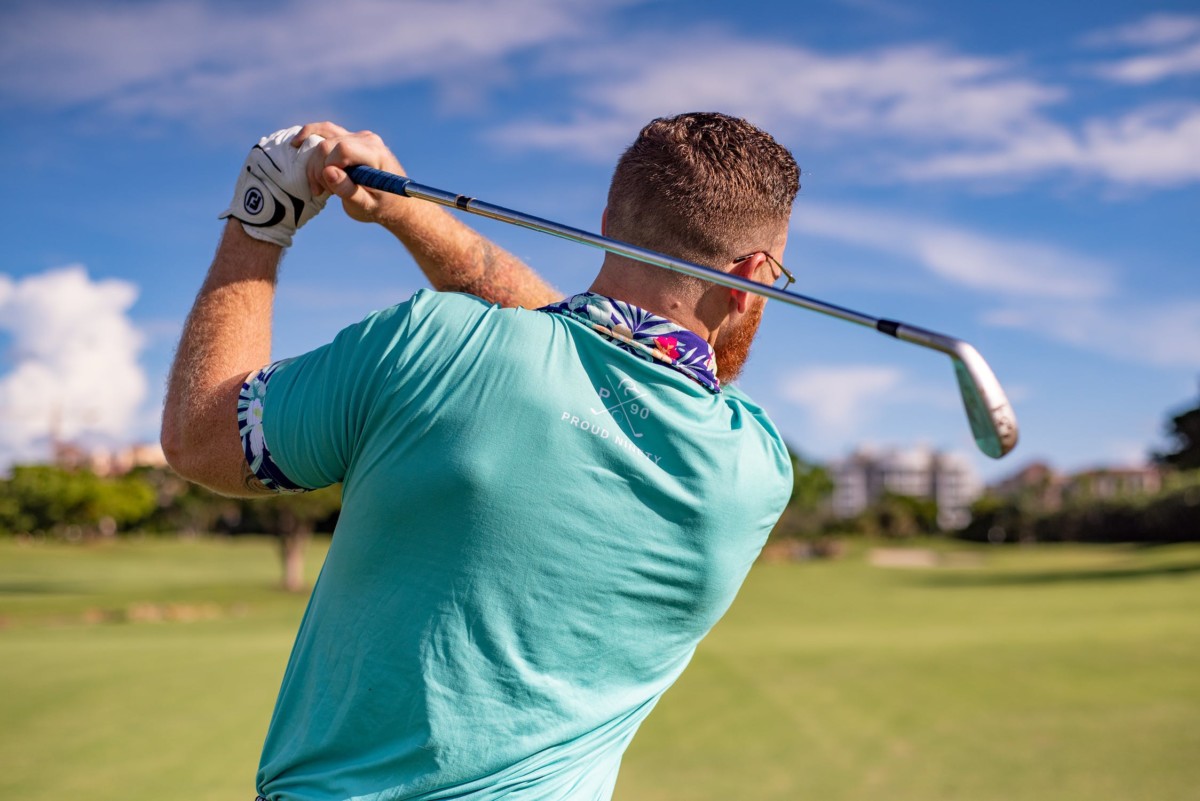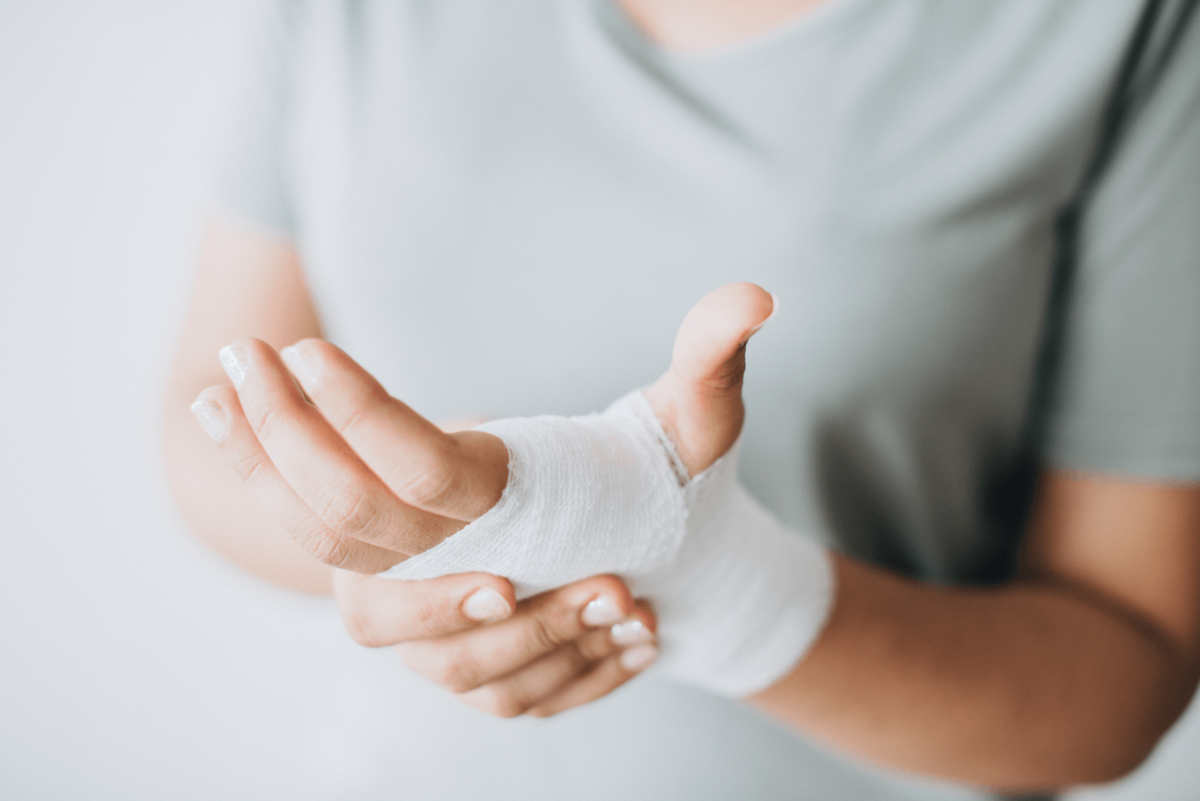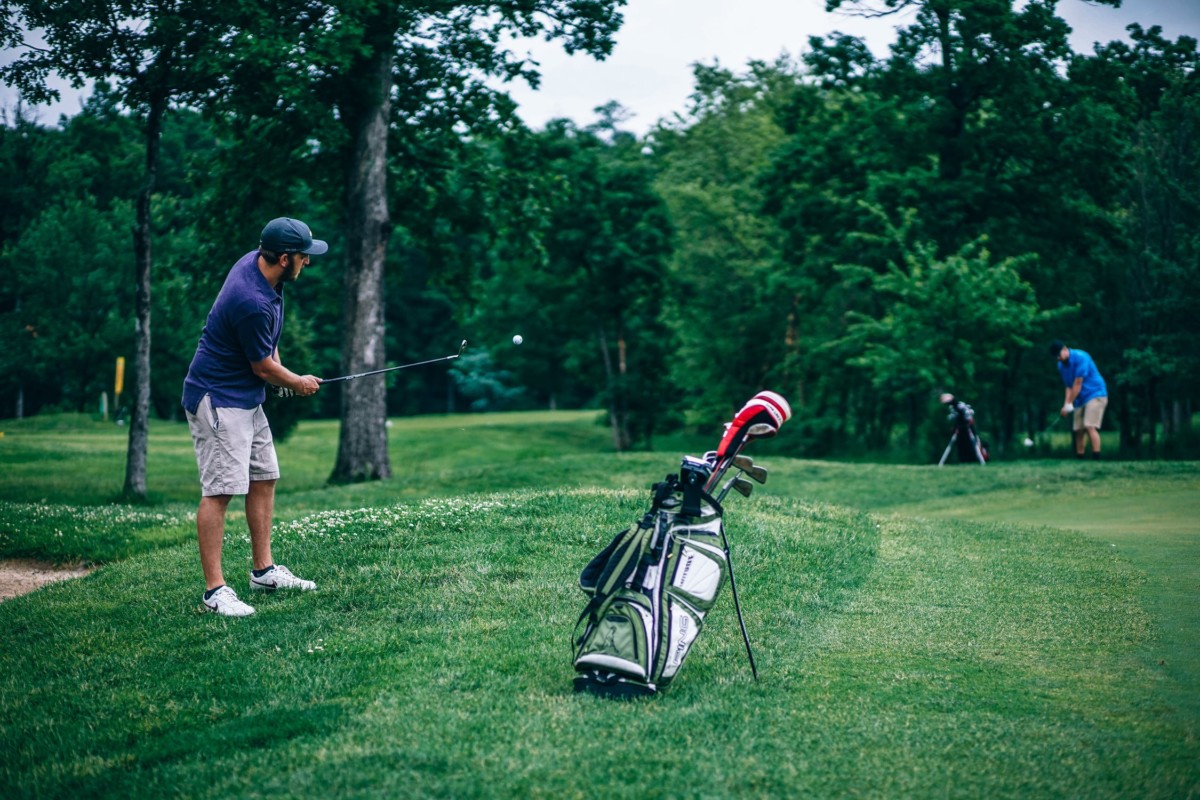It may be a low-impact sport, but hand and wrist injuries are common among golfers, and can be devastating for ones profession or hobby.
In golf, the most commonly injured areas of the body are the back and elbow, but the hand and wrist are the third most common. Typically, the wrist is injured 3 times more frequently than the hand. This comes as no surprise, as the wrist is plays an important role in the golf “swing” action, so is very succeptible to injuries – with the leading wrist being most at risk.
Golfers rely on their wrists for optimal performance on the course. Without its fully functioning muscles, you would struggle to get the correct precise “feel” in a short swing, and the “snap” in a long shot.
Golfing injuries typically occur either due to poor form, a single traumatic blow or will develop gradually from repetitive overuse of the muscles.
Symptoms of golf injuries
As mentioned earlier, not all golf-related injuries are caused by a sudden trauma, so if you are experiencing any of these common symptoms then it’s likely that you may have injured your wrist without necessarily feeling the hit.
Common symptoms include:
- A hot sensation in the wrist
- Swelling of the wrist following a round of golf
- Stiffening of the wrist which impacts normal day-to-day movement
- A small lump on the wrist, which could be a ganglion cyst
- The feeling of pressure on the top of the wrist causing severe pain
- A weakness in the wrist and hand that gradually gets worse over time
- Finding yourself overusing your non-dominant wrist and hand due to severe pain
- Being unable to make a complete golf swing
Types of golf hand and wrist injuries
As the wrists and hands comprise of many different muscles and tendons, there are a variety of different injuries that may occur – all ranging in severity.
- Wrist tendonitis – the inflammation of tendons in the wrist. Symptoms include pain, swelling, stiffness and a hot sensation in the area.
- Sprains or ligament injuries – typically a pain and popping in the wrist will be experienced.
- Hamate bone fractures – the hamate bone is one of eight carpal bones in the wrist, and injuries here typically occur when the golf club strikes the ground, pushing the handle against the hook part of the bone, causing it to break.
- Damaged blood vessels – repeated blows from the club handle against the palm of the hand can weaken the blood vessels, causing local pain or disrupting the blood flow travelling to the fingertips.
Initial treatment such as rest, ice and anti-inflammatory medications may be administered upon being subject to a hand or wrist injury to reduce immediate pain and swelling. However, it is crucial that any injury is examined by a medical professional, as surgery may be needed in some cases.
Risk factors for wrist injuries in golf
There are many different factors that can increase the likelihood of injury on the golf course, and it’s important that these are recognised in order to address them before an injury occcurs.
Some of the most common risk factors include:
- Poor posture
Poor posture compromises overall physical health, and can also contribute to a number of golf-related injuries. Using incorrect posture during a golf swing means that the body will compensate by using different, smaller muscle groups during the range of motion. For example, a person with poor neck posture may overcompensate by using their wrist to carry the ball up in the air, by over exaggerating a flick of the wrist which causes great risk of injury to these muscles. - Inactivity
While not always directly avoidable, sitting for long periods of time – for example, in a sedentary job – and then taking part in excessive physical activity can be detrimental to the body. It’s important to always thoroughly warm up before and cool down after these periods of activity, particularly focusing on smaller muscles that will be overworked such as the wrist. - Weak muscles
Weak muscles make it difficult to put them to use in the correct way and stabilise the body during a golf swing. With this, as with poor posture, the body will instead overcompensate by over working smaller muscles such as the wrist to carry the movement through. - Over-cocking the wrist
Many players are guilty of over-cocking the wrist on execution of the golf swing, putting an enormous amount of pressure on the wrist that could lead to injury. By placing both hands behind the ball and not having a bowed wrist on their non-leading hand, players tend to damage their wrist at impact by performing an early release. - Poor golf swing
Too steep of an angle at impact causes excessive tension on the wrists, and if the player was to hit the ground with the club this could result in a sudden trauma to the muscles and tendons.
How to prevent golf injuries
As with any sport-related injury, there are always measures that can be put in place to ensure the risk of injury is reduced. Although, it can never be guaranteed that injury is completely out of the equation when participating in physical activity.
Here are some crucial steps to follow in order to reduce the risk of golf injuries:
- Warm up – A good warm up is essential prior to taking part in any sport, although a crucial step that many seem to skip. Be sure to perform a thorough full-body warm up for around 10 minutes and stretch out each muscle. Include some practice golf swings to get your body used to the motion, but don’t overdo it.
- Increase strength – It goes without saying that stronger muscles are less prone to injury, so by building up strength with resistance training you will ultimately improve your performance and reduce your risk of injury.
- Work on flexibility – Stretching is important for all athletic performance, and golf is no different. Increasing your flexibility can improve your range of motion and ultimately result in less injuries.
- Focus on posture – Using proper posture will ensure that you are all set up for a safe swing. Make sure to be stood with a relatively straight back, feet shoulder-width apart and rotated outward slightly with knees slightly bent. Tilt forward slightly without hunching over and progress the movement with your hips.
- Refine your technique – Make sure that your form is up to scratch before taking to the course. Seeking help from a teaching professional is recommended to ensure proper technique which is less likely to result in injury.
Treating golf injuries
Golf injuries in the hand and wrist can be complicated and should not be self-diagnosed. In order to prevent further injury or damage, it is important to seek professional help. That way, you will ensure the best possible outcome and increase your chances of getting back on the course.
Ladan Hajipour is a Consultant Orthopaedic Surgeon, specialising in treating all hand and complex wrist fractures. Including all aspects of both soft tissue and degenerative hand and wrist disorders.
Suffering with a golf injury? Get in touch with Ladan Hajipour below.



